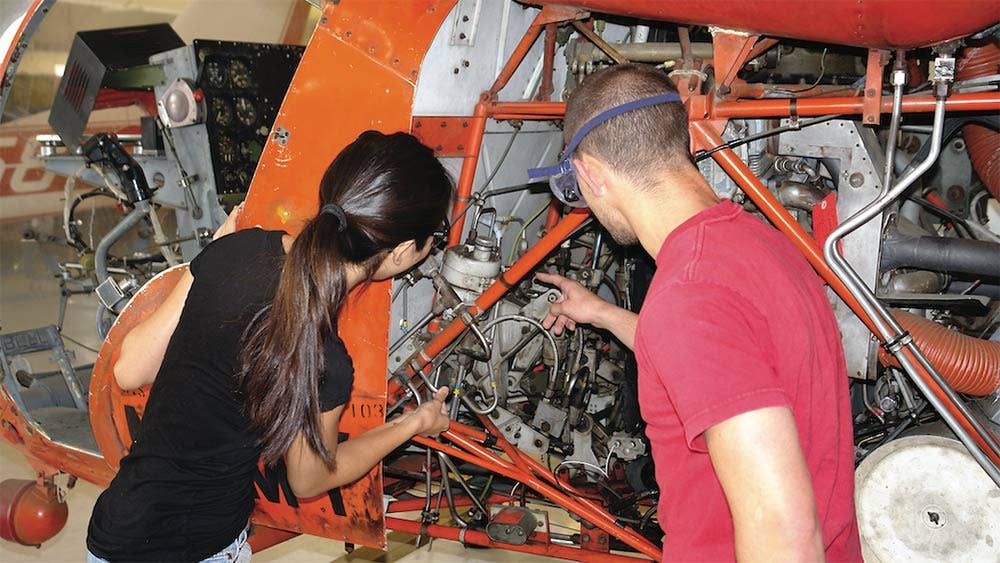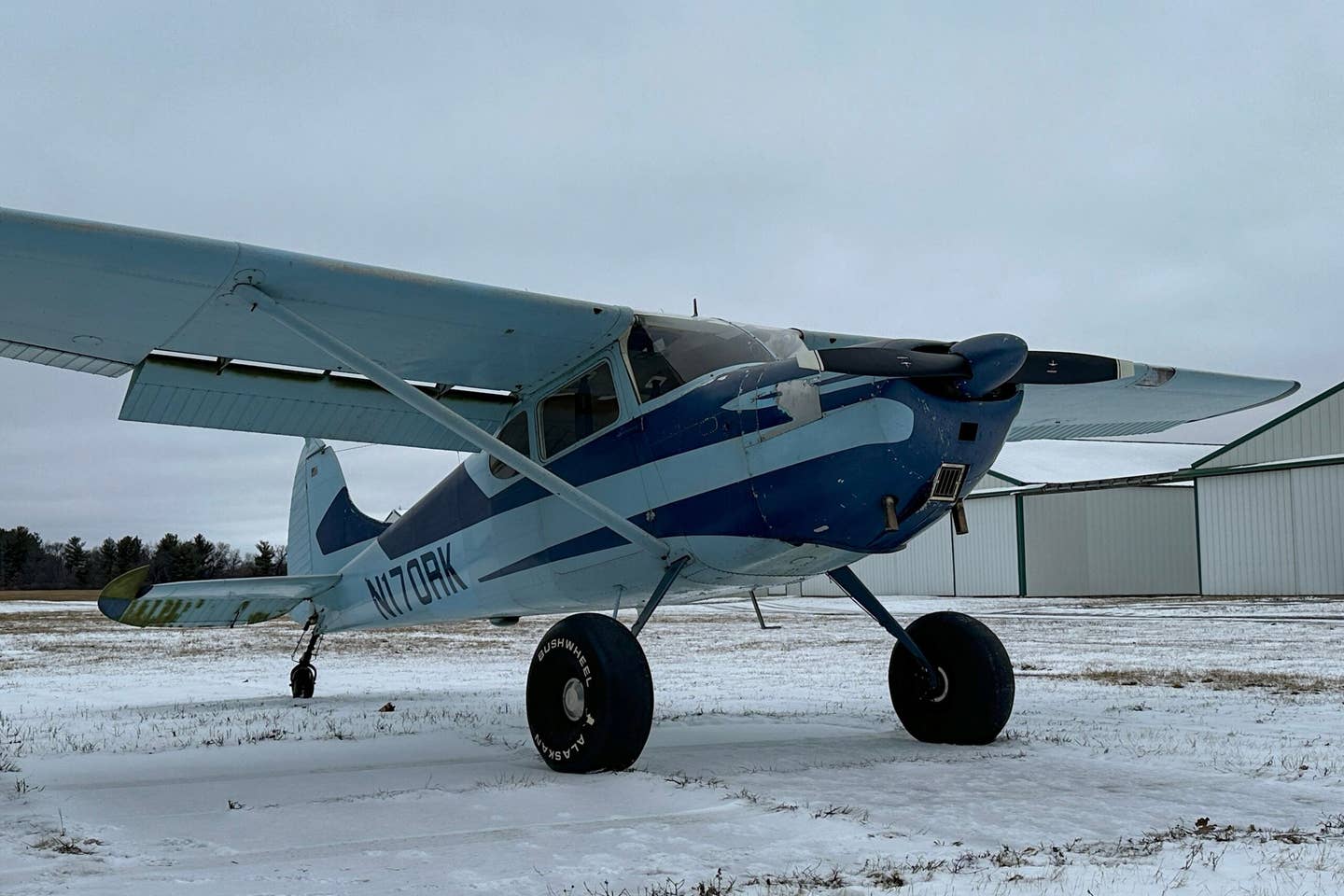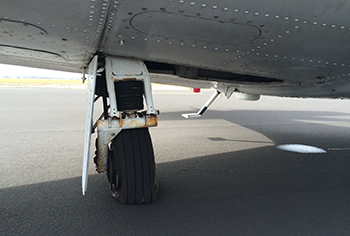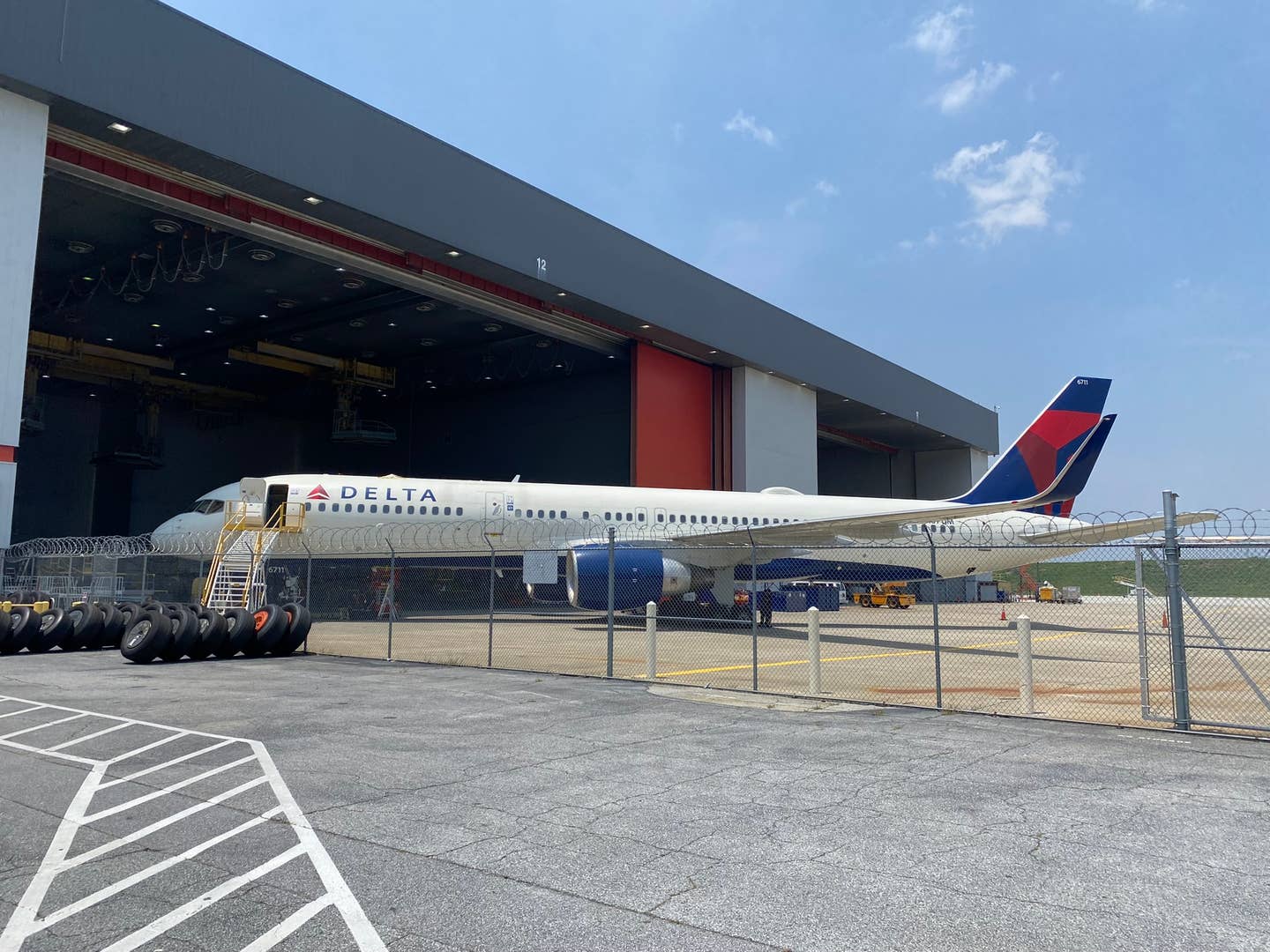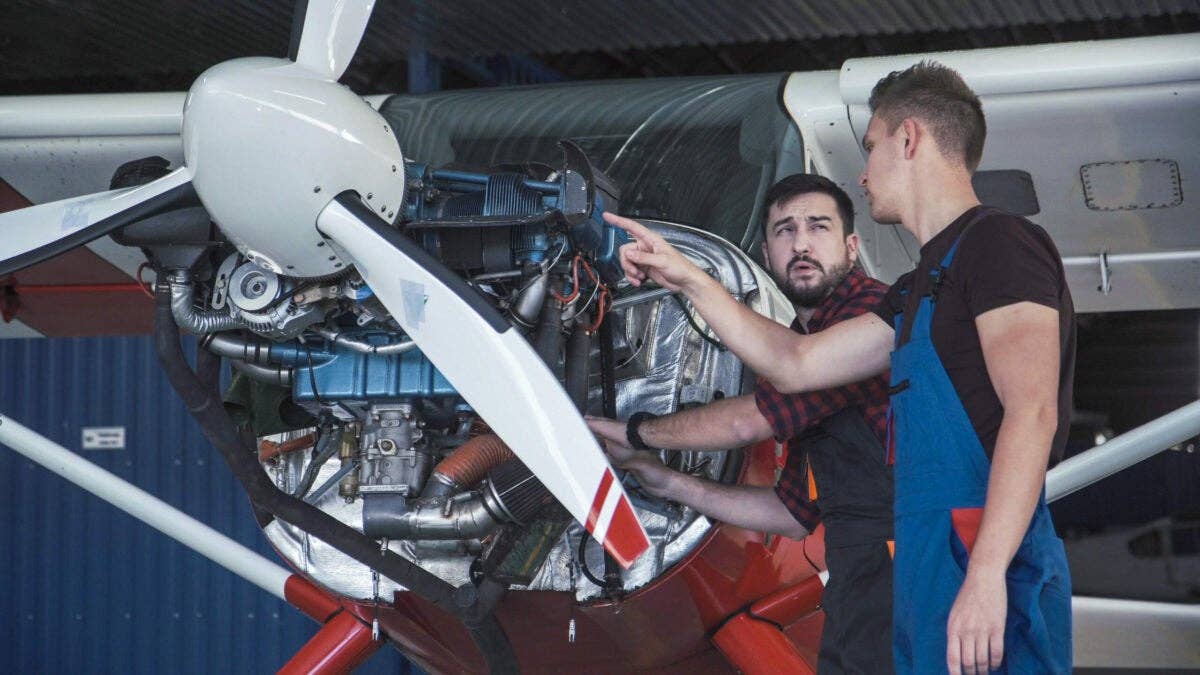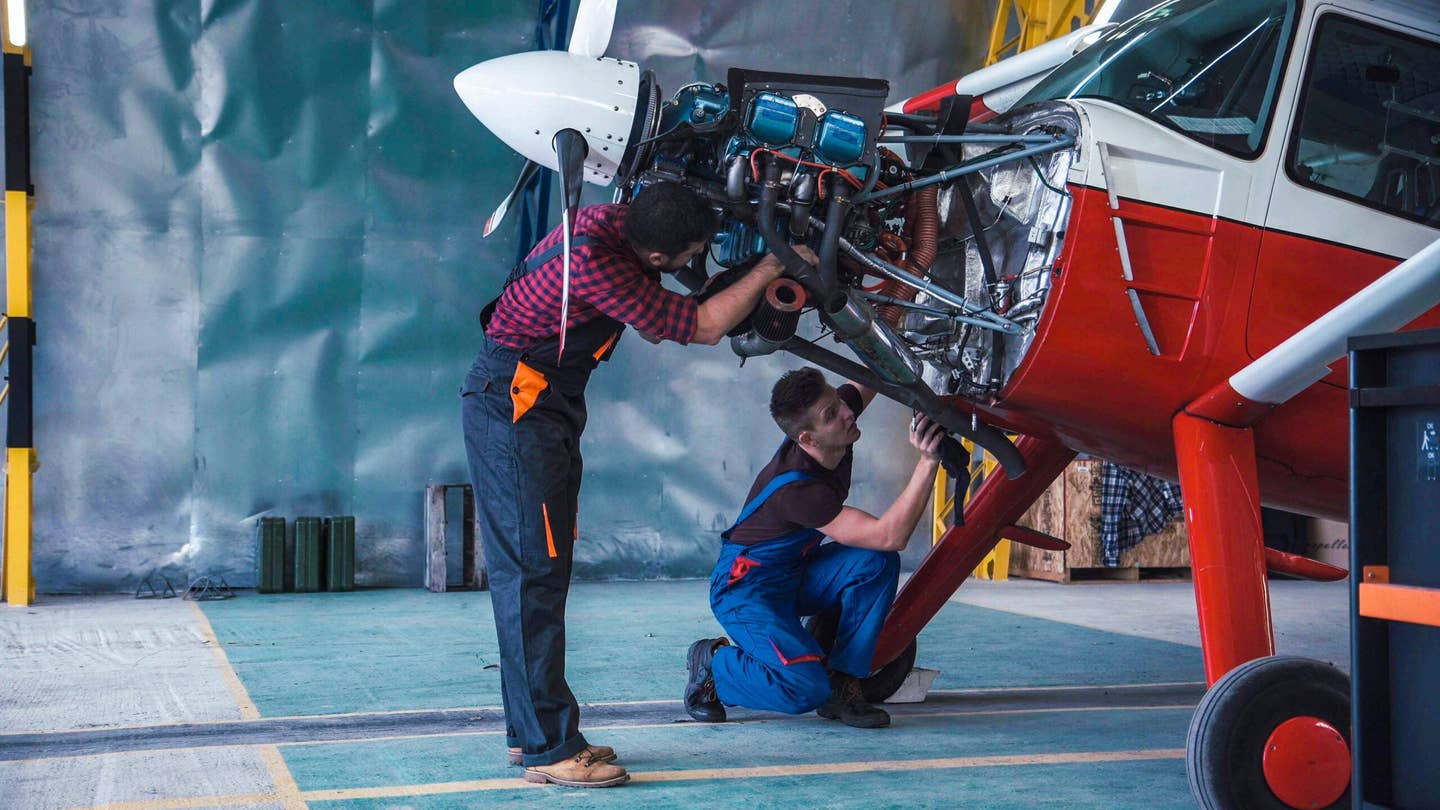The First Rule of Maintaining Your Airplane
Cutting open your oil filter can reveal problems early and prevent surprises during your next inspection.
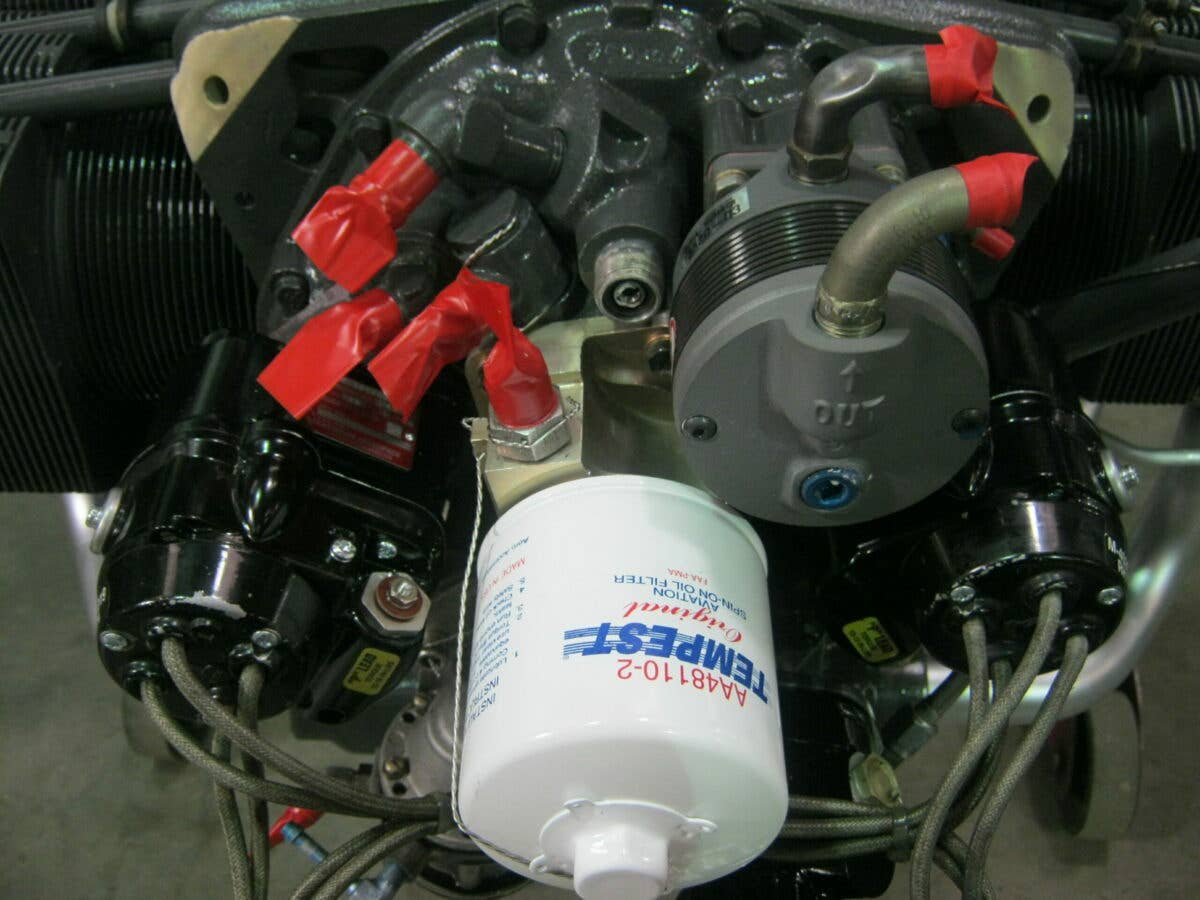
Oil is the lifeblood of your airplane’s engine, and the oil filter is like the liver—it removes the impurities. [Courtesy: Richard Scarbrough]
Do you know the most essential part of your aircraft? Some may say the engine. While that is partially true, it is like the human body, core exercise routines, and family marathon monopoly games. You get out of it what you put into it.
Recently I briefed you on aircraft engine oil, and now it is time to round out the rest of the items needed to facilitate a proper aircraft oil change. Time to grab a filter.
Oil is the lifeblood of your engine. Since that is so, the oil filter is like the liver, removing impurities. I can hear the emails queuing up now, “What about aircraft equipped with just an oil screen?” Well, you screen folks can stop rocks, sticks, and big chunks of metal—that’s about it.
Champion produces oil filtration for many industries, including aerospace. They have a tech sheet and reference guide to help determine which oil filter applies to your engine. Please note that this intel is for reference only. Always ensure you use the appropriate aircraft Illustrate Parts Catalog (IPC) when sourcing aircraft parts. Contact your preferred maintenance provider if you have questions about your IPC.
Another aerospace entity producing quality products for aerospace is Tempest Aero Group. They also have an aftermarket oil filter guide you can reference when planning maintenance and creating your bill of material (BOM).
I caught up with Vince Bechtel, Director of aftermarket sales for Tempest, this week. It had been a while since we had spoken, and I heard about his travels preaching the Tempest gospel. He told me about the Tempest Spin EZ oil filter. This patented design allows you to install the filter dry without oil or DC-4 on the gasket. Tempest filters incorporate an internal magnet and PC housing.
We spoke earlier about screens vs. filters. I know those from the old school want to preserve the ancient ways, and may be interested in keeping the aircraft all original. I get it. For those who want to stop more than just big chunks of metal, Tempest offers conversion adapter kits, allowing you to modernize your hardware without breaking the bank.
Frequent oil changes are an essential part of routine maintenance. After removing the oil filter, it is common to cut it open and look for metal particles, flakes, or chunks. Lycoming addresses an engine “making metal” in its tech article Suggestions if Metal is Found in the Screens or Filter, as part of its knowledge library. If you find chunks of metal in your filter, log on to your Fidelity account. I sense a funds withdrawal in your future.
I asked Vince about oil change frequencies. He said oil and filter changes should be performed every 25 to 50 hours. Be sure to plan accordingly, allow for adequate time, and use the proper tools. Doing so will help prevent sloppy work and, most importantly, avoid contamination.
How can you cut open an oil filter? That is an excellent question! A quick stop to Tempest tools will arm you with the proper tool for the job. Check out the AA470 oil filter can cutter, AA472 torque wrench, AA473 EZ drain tool, and AA474 EZ wrench extension. Fun fact, we helped beta test the Tempest AA471 Media Cutter during its development at my aircraft engine shop.
After removing the filter, secure it in a vice and carefully cut and remove the can. Ensure you do not contaminate the media. This material could alter the results of your inspection. Next, we discuss what to look for after cutting and inspecting the media. Bright shiny metal could indicate aluminum, which might indicate piston pin or oil pump housing damage. Those black chunks we spoke of earlier? That could be steel; you can double-check with a magnet.
Call your local engine shop or A&P Mechanic. They will be able to guide you as to what comes next. Anything more than a thumbnail of either aluminum or steel in your filter could spell trouble.
By the way, do you know how you can tell how long an A&P has been practicing their craft? Don’t worry. They will tell you a minimum of three times within the first five minutes of meeting them.
Oil is the lifeblood of your engine. You want it clean. You need it clean. Dirty oil will bring bad Juju on and dishonor your ancestors.

Sign-up for newsletters & special offers!
Get the latest FLYING stories & special offers delivered directly to your inbox

